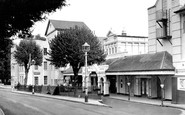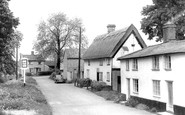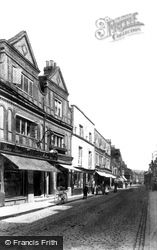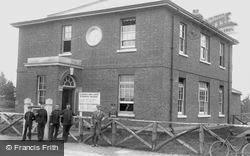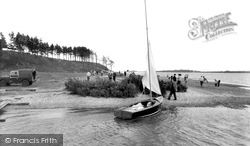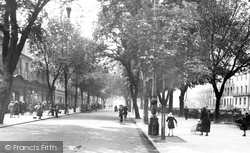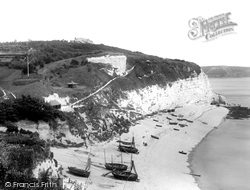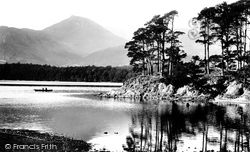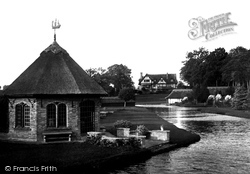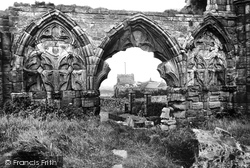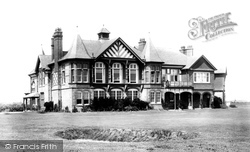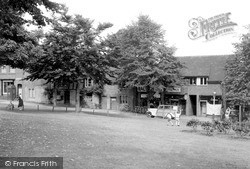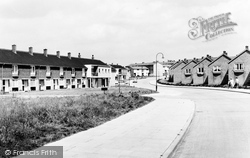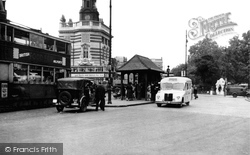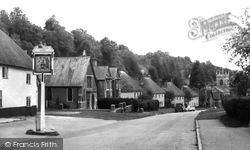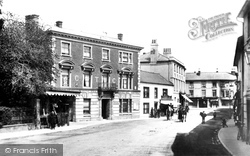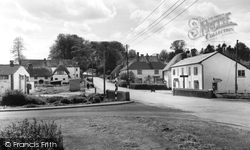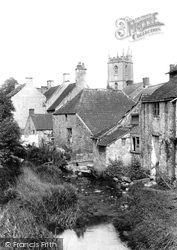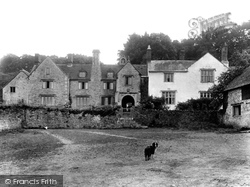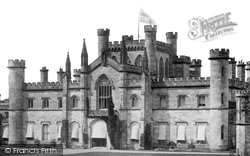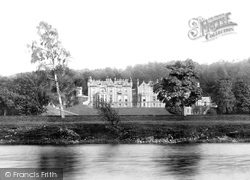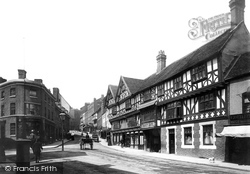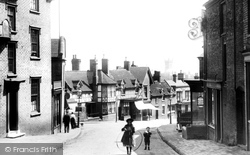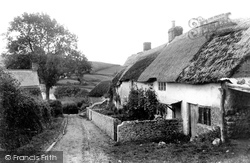Places
36 places found.
Those places high-lighted have photos. All locations may have maps, books and memories.
- Shanklin, Isle of Wight
- Ventnor, Isle of Wight
- Ryde, Isle of Wight
- Cowes, Isle of Wight
- Sandown, Isle of Wight
- Port of Ness, Western Isles
- London, Greater London
- Cambridge, Cambridgeshire
- Dublin, Republic of Ireland
- Killarney, Republic of Ireland
- Douglas, Isle of Man
- Plymouth, Devon
- Newport, Isle of Wight
- Southwold, Suffolk
- Bristol, Avon
- Lowestoft, Suffolk
- Cromer, Norfolk
- Edinburgh, Lothian
- Maldon, Essex
- Clacton-On-Sea, Essex
- Norwich, Norfolk
- Felixstowe, Suffolk
- Hitchin, Hertfordshire
- Stevenage, Hertfordshire
- Colchester, Essex
- Nottingham, Nottinghamshire
- Bedford, Bedfordshire
- Bury St Edmunds, Suffolk
- Aldeburgh, Suffolk
- St Albans, Hertfordshire
- Hunstanton, Norfolk
- Chelmsford, Essex
- Bishop's Stortford, Hertfordshire
- Peterborough, Cambridgeshire
- Brentwood, Essex
- Glengarriff, Republic of Ireland
Photos
9,106 photos found. Showing results 11,741 to 9,106.
Maps
181,006 maps found.
Books
11 books found. Showing results 14,089 to 11.
Memories
29,055 memories found. Showing results 5,871 to 5,880.
Growing Up
First real memories of Leighton Buzzard was being ‘put down’ for my afternoon nap as a child of about 5, and listening to the Church bells just the over the road. Another memory must be an early one as I remember the Stock market ...Read more
A memory of Leighton Buzzard by
Grandfather
My Grandfather, Frank Portingale came from Faulkand, we spent many Summer holidays there. I remember having our photos taken in the stocks and gathering mushrooms. My Grandfather's sister Edith lived in Pond row. I have fond memories of Faulkland.
A memory of Faulkland by
Hornsea Convalescent Home
Hey survivors of the Convalescent home. i recently found out there is a civil case ongoing with Leeds NHS for the abuse we suffered . Has anyone any idea who has started it please. I want to help . kind regards Kim
A memory of Hornsea by
St Anne's Well
As children we went off on our own exploring the Malvern Hills. Along the footpath of North Hill from by the quarry, which was still being used in those days. Climbing up the side of the Beacon and quenching our thirst at St ...Read more
A memory of Great Malvern by
A School Trip.
I was going to Green Lanes Primary school for about a year before we left England, and a trip to Hatfield house was just one of the many excursions that great school took us on. I remember the little crocheted gloves worn by Elizabeth ...Read more
A memory of Hatfield by
The Family Pub
The King's Head also known as The Low House was in the Felgate family for a number of years. My great grandma and grandad ran this pub along with the blacksmiths. They also brought up 14 children there goodness knows how. My grandma ...Read more
A memory of Laxfield
Hall House
My family and I lived at 1 Hall House from 1976-1989. The house had been derelict for several years before we moved in and my father restored it over 6 months before we were able to move in. I have many great memories of living there, ...Read more
A memory of Loxwood by
School Days
That was Mrs. Phippin. Taught needlework. I remember being told off for having too long a thread. Made me sit with my arm extended to the extent of the cotton . Mind you, I still make things out of felt that she taught me to do. ...Read more
A memory of St Paul's Cray by
Nursing In Angus 1923 1958
This is what I know about my late aunt, Miss Margaret J.A. Urquhart,( 1898 -1977). Miss Urquhart spent 39 years nursing. When she retired, Miss Urquhart was Superintendent in the Domiciliary Service of the National ...Read more
A memory of Carnoustie by
Patricroft St Josephs Home
Early memory of my Father-in-law Maurice Garvey was of Monica Sullivan. He missed getting in contact with her when she was back in the UK 6 or so years ago. He is currently in Australia and would love to contact her. If you can help contact me on copycatsmossman@bigpond.com
A memory of Patricroft by
Your search returned a large number of results. Please try to refine your search further.
Captions
29,158 captions found. Showing results 14,089 to 14,112.
On the left of the cobbled High Street, notably devoid of any traffic, is Edward's Drug Store, which later passed to Boots. The building, in brick and stone, dates from the late 17th century.
West Surrey has been army country since 1853, when Queen Victoria reviewed her troops on Chobham Common.
Also new today are the substantial caravans now dotted under the trees on the viewpoint. The dark Arne peninsula can be seen against the line of the chalk ridge of the Purbeck Hills.
During the great building boom that followed Cheltenham's development from the 19th century onwards, much of the earlier medieval settlement was overwhelmed.
To the west of the village is a labyrinth of man-made caverns from which the stone for Exeter Cathedral was taken. The Quarry Caves are now an exciting tourist attraction.
This is another of the Lake District's classic viewpoints, the backdrop formed by the peak of Causey Pike (2,035 feet).
Overlooking the river Bure stands a large, thatched house in the Arts and Crafts style, typical of many built between the wars. Well-tended gardens lead down to a private mooring and boat houses.
This charming vignette seen through the old abbey ruins also manages to give us an insight into the sadly neglected state of this historic building with its grass-grown walls before it was taken over
St Anne's has been described as 'a town built on golf', and this is epitomised in this splendid building.
King’s Norton is less than two miles from Bournville, and though urban sprawl between the wars linked it to Birmingham, the old village still retains much of its rural character.
The Basildon Development Corporation aimed at providing a wide range of different types of housing—both for visual reasons, and also to attract residents from different income-groups.
The cityside banks of the Thames were busy with stevedores and dockers during the Victorian era, for London’s river had been the source of its prosperity for centuries.
Camberwell Green is seen from the bottom of Denmark Hill. Approaching is an LCC ambulance; on the left a tram, about to go out of service, heads towards Walworth Road.
Leisure time with the city, though it is highly unlikely that the Frith cameraman would have hung around long enough to see if the fish were biting.
When the first Earl of Dorchester purchased Milton Abbey in 1752, he had the entire village dismantled, moving it further away from his new home.
The Cyclists Touring Club sign can be seen on the facade of the White Hart Commercial Hotel on the left of this photograph.
Middle Wallop is a village of at least twenty-six houses with a garage, a pub and an army airfield.
The church lies behind a huddle of dilapidated cottages lining the Nunney Brook; here, wool was washed during the busy years of the cloth trade. Today the cottages are all restored.
The house dates from 1591, and stands on the site of a pre-Norman manor held by Dodo, a royal forester under Edward the Confessor and from whom the village takes its name.
This is not so much a castle, more a country house; it was built for the first Earl of Lonsdale by Sir Robert Smirke in 1806-11.
In 1811 Sir Walter Scott purchased the Cartley Hole estate on the banks of the Tweed and changed its name to Abbotsford.
The Unicorn Hotel has long disappeared, but the timber building with the gable ends is still here - it is now a wine merchants, and parts of the shop have hardly changed with time.
The blurred images of the children in the foreground remind us of the long exposure times photographers needed in those days.
A rustic corner, with mossy thatch and a corrugated-iron porch lid, lies beside Loves Lane on the western slope of Hardown Hill.
Places (6814)
Photos (9106)
Memories (29055)
Books (11)
Maps (181006)






















